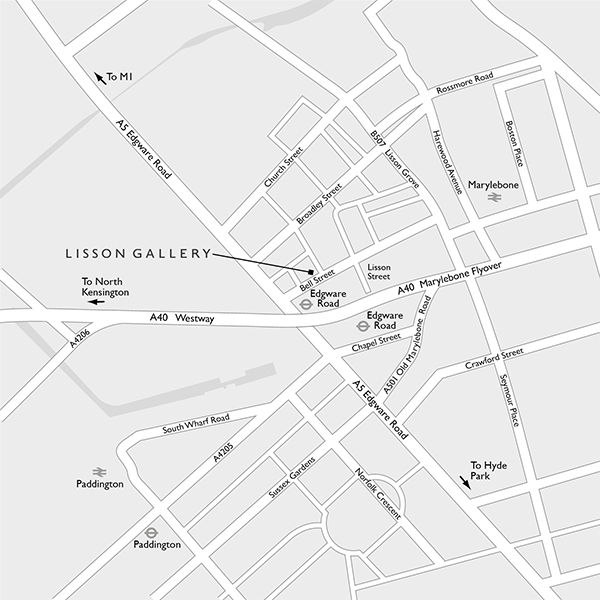Ai Weiwei: Roots
London, 2 October – 2 November 2019

A major exhibition by Ai Weiwei this autumn features a new series of monumental sculptural works in iron, cast from giant tree roots sourced in Brazil during research and production for last year’s survey exhibition, ‘Raiz’, at the Oscar Niemeyer-designed OCA Pavilion in Ibirapuera Park, São Paulo.
Ai worked with local artisans and communities across Brazil, visiting Trancoso in the east to locate roots and trunks from the endangered Pequi Vinagreiro tree, typically found in the Bahian rainforest. Elements of these rare tree roots, some of which could be over a thousand years old, were painstakingly moulded, conjoined and then cast to create striking compositions and bold forms that reflect their Brazilian heritage. While some resemble great jungle beasts or fantastical creatures, such as the three- and four-legged works Fly and Level, others including Party and Martin (all 2019) consist of shattered, exploded root forms radiating outwards from a central nexus. The titles all came as suggestions from Ai Weiwei’s young son Ai Lao, based on his personal observations or connections made when visiting these tree remains with his father, adding to the sense of surreal displacement and alien disjointedness in the exhibition. This incongruous atmosphere speaks further of the works’ depiction of the state of ‘uprootedness’, one that mirrors not only the artist’s peripatetic existence after being allowed to leave China in 2015, but also the plight of the refugees he has spent the last few years documenting, as well as the various indigenous populations that rely on the trees and forests of Brazil for their habitats and sustenance. The deforestation and concomitant purge of peoples and resources relates to previous bodies of work produced by Ai and to the current political realities of many countries, including his native China.
The material employed in making the Roots series – cast iron covered in a patina of orange rust – likewise responds to ancient cultures and man’s first tools for tree felling and woodworking, rather than to the recent, more polite art history of bronze or steel sculpture. Although originally contorted by their surrounding landscapes, these roots were not born of nature but made and crafted by human hands, using the ancient techniques of ‘lost wax’ moulding and then iron casting. These methods represent a traditional, largely bygone way of life that has been usurped and upended by industrialisation and relentless modernisation, illustrating how progress can often come at the expense of cultural and societal well-being.
Read moreWorks on view
Installation views
More information
Location
Opening Times:
Tuesday – Saturday: 11:00am – 6:00pm
















